The White-Breasted Guinea Fowl (Agelastes meleagrides) is a distinctive and elusive bird species belonging to the Numididae family. It is native to the dense, humid forests of West Africa, specifically found in countries such as Liberia, Ivory Coast, Ghana, and occasionally Sierra Leone. This bird is an important component of the forest ecosystem, known for its role in seed dispersal and maintaining ecological balance. However, its elusive nature and dwindling populations make it a species of interest for conservationists.
Physical Characteristics
The White-Breasted Guinea Fowl is medium-sized, measuring about 40–45 cm (16–18 inches) in length. It is named for the prominent white patch on its chest, which contrasts sharply with its predominantly dark plumage. The rest of its body is covered in black or dark grey feathers, often appearing slightly glossy. Its head and upper neck are bare and covered with reddish, scaly skin, a feature common among guinea fowl. The bird has a short, sturdy, and slightly curved beak, well-adapted for foraging, and its legs are strong, enabling it to move swiftly through undergrowth.
Behavior and Diet
These birds are shy, secretive, and primarily terrestrial, spending most of their time on the forest floor. They are rarely seen flying and prefer to run when disturbed. White-Breasted Guinea Fowl are social animals, often found in small family groups or flocks. Their calls, which are loud and repetitive, help them maintain contact in the dense forest.
The diet of the White-Breasted Guinea Fowl is omnivorous. It feeds on a variety of items, including insects, worms, seeds, fruits, and small invertebrates. They forage by scratching through leaf litter on the forest floor, playing a significant role in the ecosystem by dispersing seeds and controlling insect populations.
Habitat and Distribution
The species is endemic to the dense, tropical forests of West Africa. They thrive in primary and secondary forests, often preferring areas with dense undergrowth and minimal human disturbance. However, their range is becoming increasingly fragmented due to habitat destruction caused by deforestation, agriculture, and logging activities.
Reproduction
Information about the breeding behavior of the White-Breasted Guinea Fowl is limited due to its secretive nature. It is believed to nest on the ground, like other guinea fowl species, in concealed locations within dense vegetation. The clutch size typically ranges from 4 to 8 eggs, which are incubated by the female. Chicks are precocial, meaning they are relatively mature and mobile soon after hatching.
Conservation Status
The White-Breasted Guinea Fowl is currently classified as Vulnerable on the IUCN Red List due to significant threats to its survival. The primary factors driving its decline include habitat loss from deforestation, hunting for bushmeat, and human encroachment. Populations are also fragmented, reducing genetic diversity and increasing vulnerability to environmental changes.
Importance and Conservation Efforts
This species plays an integral role in its ecosystem by aiding seed dispersal and controlling insect populations. Conservation efforts for the White-Breasted Guinea Fowl include habitat protection, anti-poaching measures, and raising awareness about its ecological importance. Protected areas such as national parks and reserves in its range countries are critical for its survival. Additionally, ongoing research into its behavior, reproduction, and ecology can help develop more targeted conservation strategies.
Cultural and Ecological Significance
In many West African communities, guinea fowls are symbolic and valued for their meat and eggs. However, unsustainable hunting practices pose a significant threat to wild populations. Promoting sustainable use and emphasizing the ecological role of the White-Breasted Guinea Fowl can contribute to balancing human needs with biodiversity conservation.
In conclusion, the White-Breasted Guinea Fowl is a remarkable bird that embodies the beauty and complexity of West Africa’s forests. Protecting this species is not only crucial for biodiversity but also for the overall health of its native habitats.

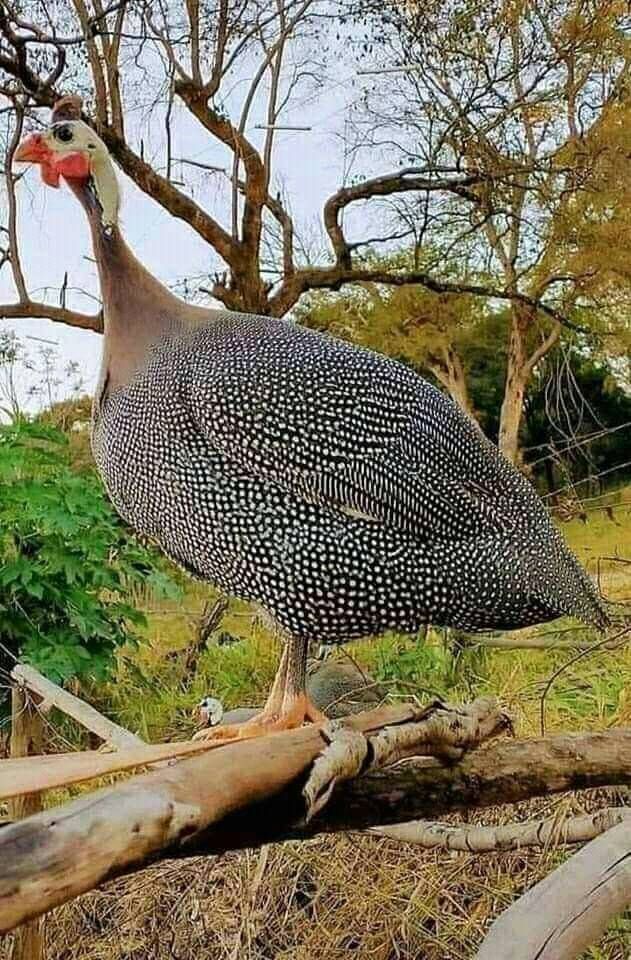

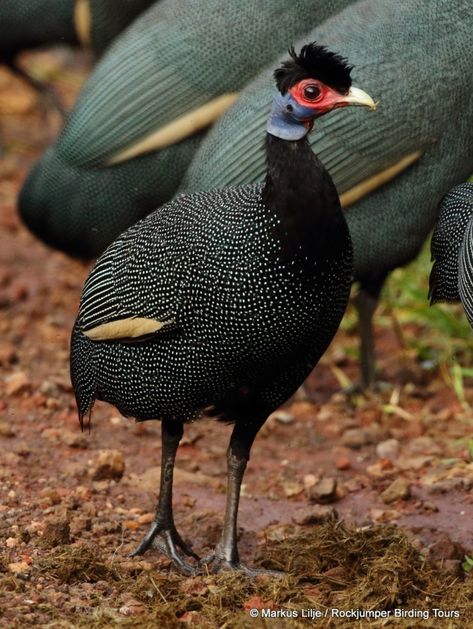
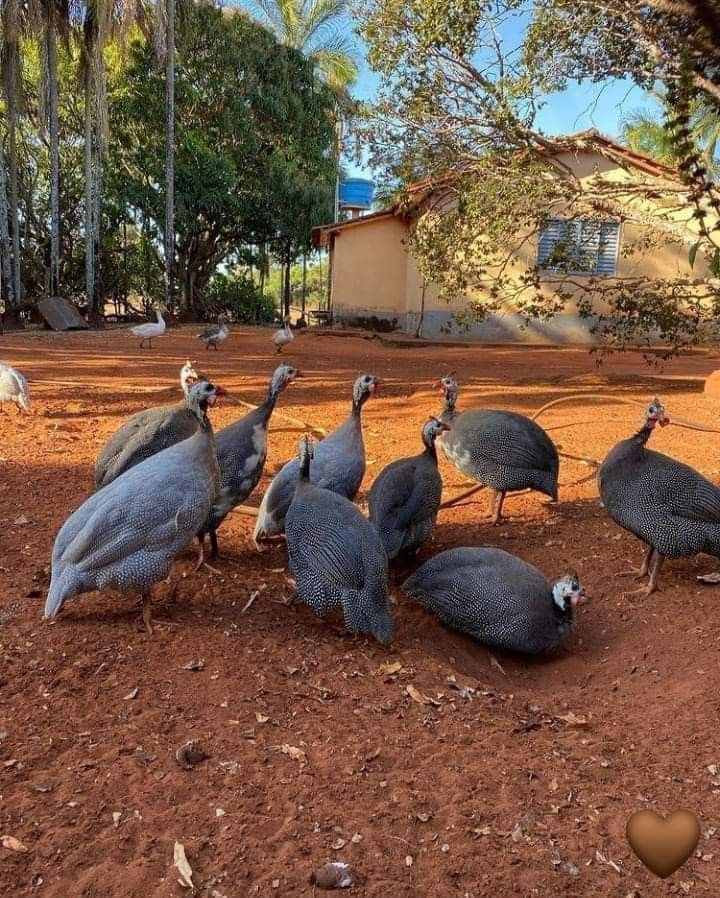
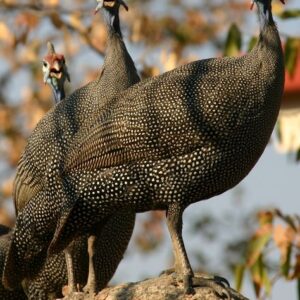
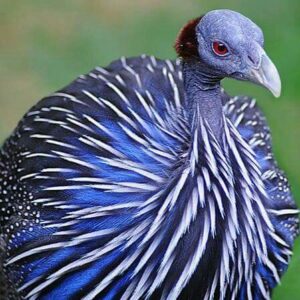
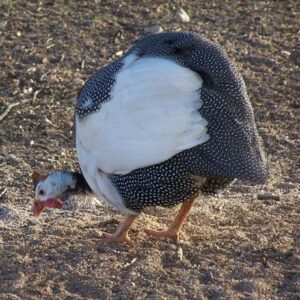

Reviews
There are no reviews yet.